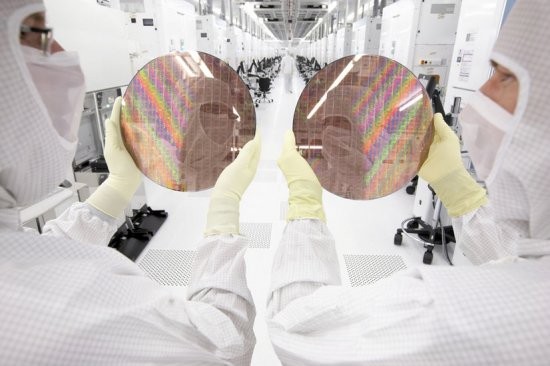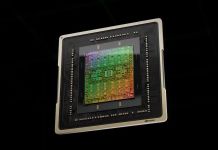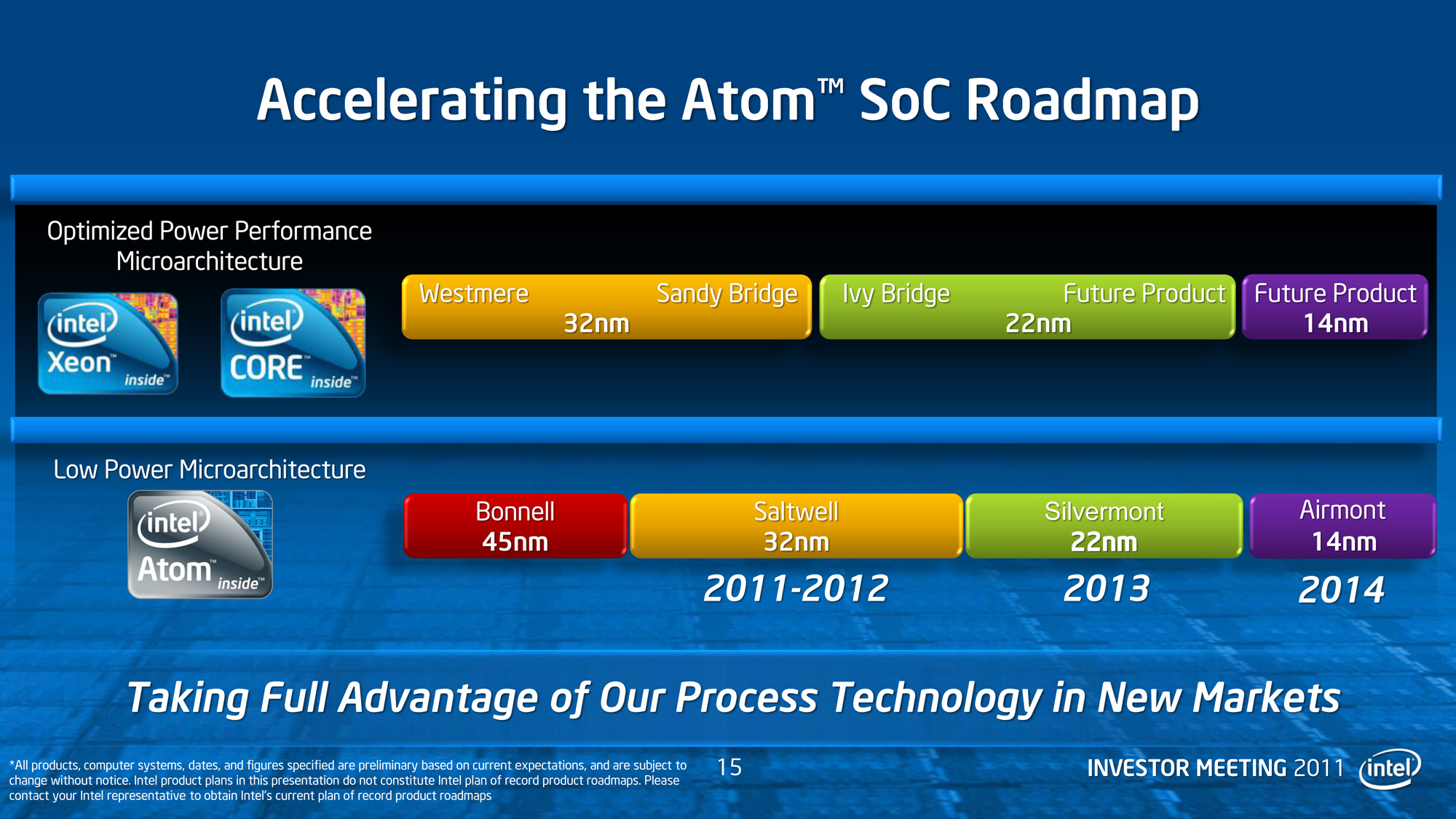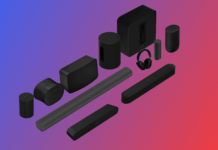14nm-tekniken framskrider som planerat
Intel var den första halvledartillverkaren att nå 32nm för masstillverkning i mikroprocessorer och när man i slutet på första kvartalet nästa år rullar ut sin Ivy Bridge-arkitektur är det med en sprillans ny 22nm och så kallade 3D-transistorer, mer kända som Tri-gate transistorer. Under en intervjun under DreamHack Winter 2011 påpekar den nordiske europachefen Pat Bliemer att Intel med sin lansering av Ivy Bridge bör ligga en och en halv tillverkningsprocess framför konkurrenterna. Något som enligt Bliemer handlar om allt annat än tur.
“I wouldn’t say that we have problem but there’s no denying that it’s getting more complicated the smaller you make something, so you’re running into limitations – but our R&D as well from an architectural point of view are the guys making the manufacturing and that’s within the same company – which makes Intel unique still. So we can really work extremely close with these teams. We are the same team, the guys who are going to manufacture the parts and the ones who will be designing the parts.”
 Att äga sina egna fabriker är allt annat än billigt, men det har sina fördelar menar Intel
Att äga sina egna fabriker är allt annat än billigt, men det har sina fördelar menar Intel
Pat Bliemer säger att den fördel Intel har mot större delen halvledartillverkare är att de fortfarande sköter tillverkningen internt. På så sätt kan arkitektur- och tillverkningsgrupperna samarbete och skräddarsy designer för sina egna produkter. Problemet för dagens foundry-verksamheter är att de måste ha flera olika kunder i beräkning, någonting som blir allt svårare mot de lägre tillverkningsprocesserna. Han förnekar dock inte att foundry-modellen har en fördel när man pratar om pengarna de drar in på sina fabriker, tack vare sina kunder.
“Yeah, you can fully optimize everything that you do. So there is feedback from the manufacturing folks to the to the design enginneers on the architectural side to go and say, “hey we need to go this, we need to do go to that” and they can say this is how we want to go do that work together – and this is how we work together.[…]While the other companies of course, there’s some good things to be said for like a foundry model in terms of your capex investments which are huge. If you look at the investments at Intel our investments in R&D and in foundries, it’s billions every year – 4 to 5 billion is the average cost for a new Intel fab. So obviously if you can let somebody else do it, you just pay for the production. That is an interesting model but I think we see now the more complicated and smaller the technology, gets that actually that linkage between doing your R&D architecture as well as the manufacturing gives us an advantage and we’ve been able to capitalize on that.”
Intel har inte bara spikat sin färska 22nm-teknik man har redan tagit nästa generations tillverkningsteknik från ritbordet till sina testlabb och vi fick bekräftat att Intel redan idag har teknik för att bygga kretsar med 14nm, något man kör tester på i sina labb. Vilket får anses som förtroendeingivande då andra halvledartillverkare sett stora problem att ta sig under 20nm.
“We need to keep going and you can trust me that in our labs we actually have the next generation after 22nm running, so we need to keep going.[…]I cannot really disclose more about that other than that in a laboratory-environment, absolutely we do have the path, our engineers do have the path to actually go and produce 14nm products.”
Pat Bliemer kunde också bekräfta att Intels Tick-Tock strategi går helt enligt schemat och att man inte bara ser stora vinster av att krympa tillverkningstekniken utan även genom att introducera nya lösningar i sin transistordesign. Intels Tri-gate transistorer ska redan i 22nm-processen ge stora fördelar men även vara något man nyttjar till fullo i nästa generations 14nm.
 En tvådimensionell (planar) transistor i jämförelse med en tredimensionell (tri-gate).
En tvådimensionell (planar) transistor i jämförelse med en tredimensionell (tri-gate).
“There are many variables that you can play with of course it is not the right name for it and the engineers would not like it when I say play, that you can influence to actually go and stay to that model. And I think the breakthrough we had now with the 3D metal gates, just the design of the gate will actually allow for much more efficient thermals and power.[…]So for us to already go to these 3D metal gates, you know these kind of fin-shaped gates that gives us and has basically provided us the path in the next generation of 14nm as well.”
Relaterade nyheter:
- Intel introducerar 3D-transistorer med 22nm för lägre strömförbrukning
- Ivy Bridge får högre prestanda än Sandy Bridge






















Jag tror han har helt rätt i att inte försöka jämföra MacBook Air med Ultrabooks. Det är nog i första hand PC användare som kommer att göra den jämförelsen. De som idag funderar på att köra MAC eller redan kör MAC, tittar inte bara på den för att den är tunn och smidig. Att köpa en MAC är en helt annan sak än att köpa en PC. En Mac är också en “status” grej, eller ett koncept. Du får mer än bara en dator, du får en ingång till Apples värld, på gott o ont. De som idag sitter på… Läs hela »